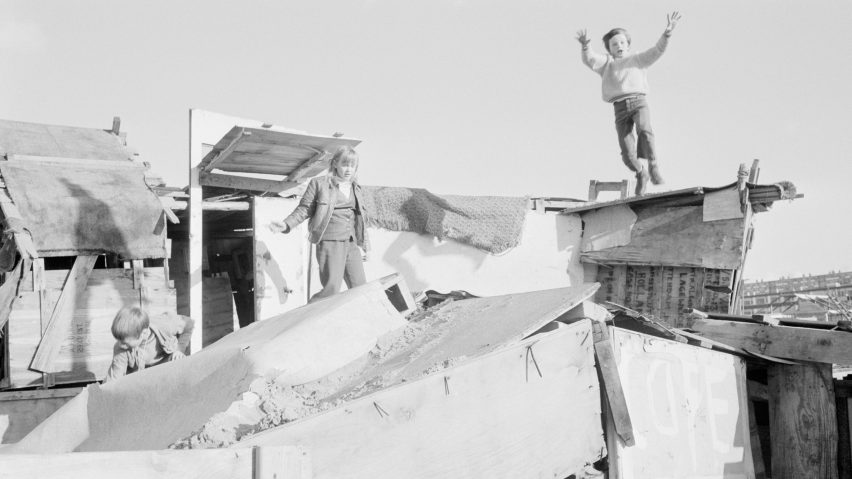
Ursula Schulz-Dornburg's photographs reveal "junkology" architecture built by children
A radical playground in 1960s Amsterdam is revealed in a series of previously unseen images by German photographer Ursula Schulz-Dornburg. Here, she picks out her favourite shots.
Located on an island that was only accessible by rowing boat, Jongensland was one of several "junk playgrounds" established after the second world war.
The aim was to foster independent thinking among young boys, by giving them a place they could make their own with little or no adult supervision.
Schulz-Dornburg's images – now published for the first time in the book Huts, Temples, Castles – show the creativity that resulted from giving children this level of autonomy.
The photos, captured in 1969, reveal how young boys and girls turned discarded materials into elaborate self-build structures in a practice known as "junkology".
Here, Schulz-Dornburg reveals the thinking behind some of her favourite shots:
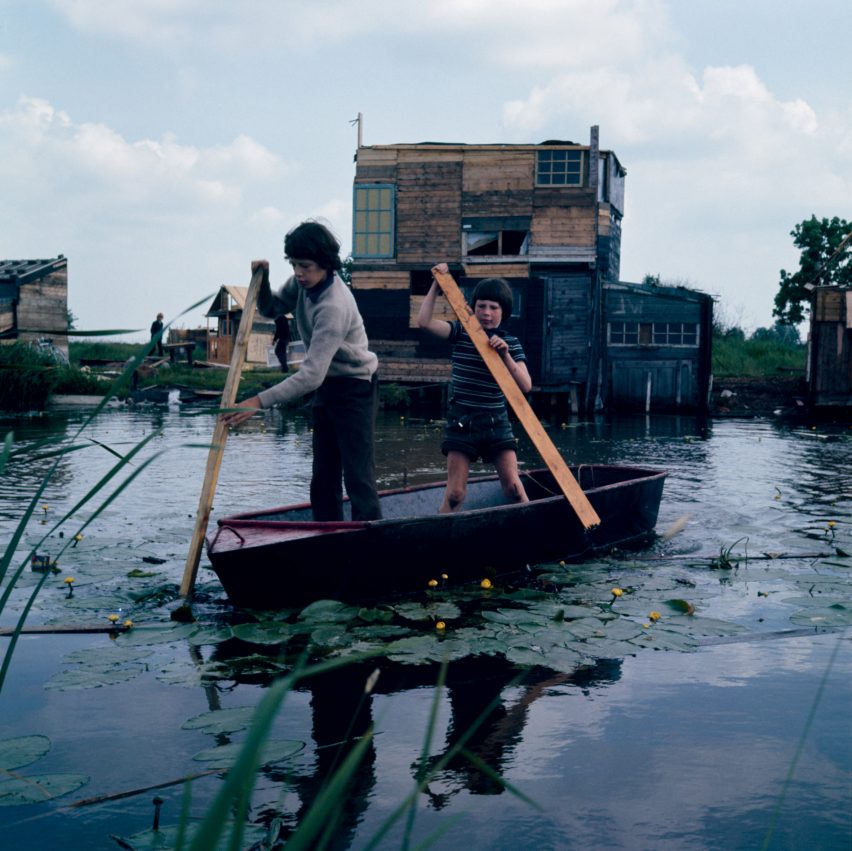
"This photo gives you a sense that Jongensland was more than just an environment that allowed children to naturally develop their minds. It was also a free space for young boys to wander, experiment and even wreck without controlled supervision, so they had to learn to take charge of their behaviour," Schulz-Dornburg said.
"At times there could be conflicts and injuries, but it taught the children how to pick themselves up and learn from their actions."
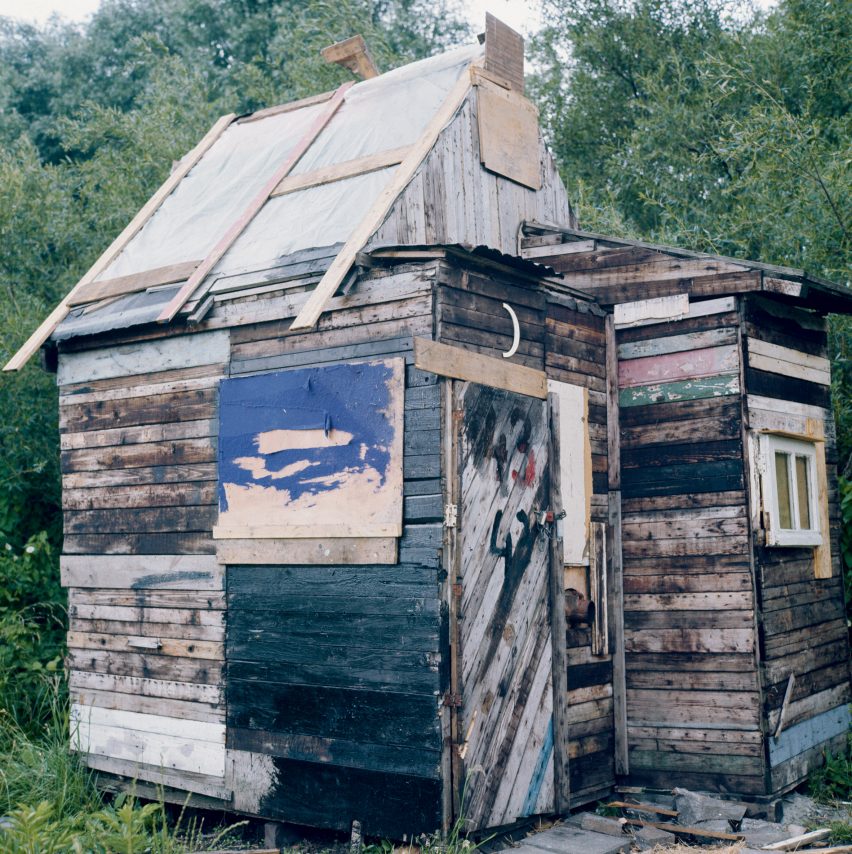
"Seeing the impressive structures that these young children made by hand highlights the striking difference in our culture today, where technology plays a big part," said the photographer.
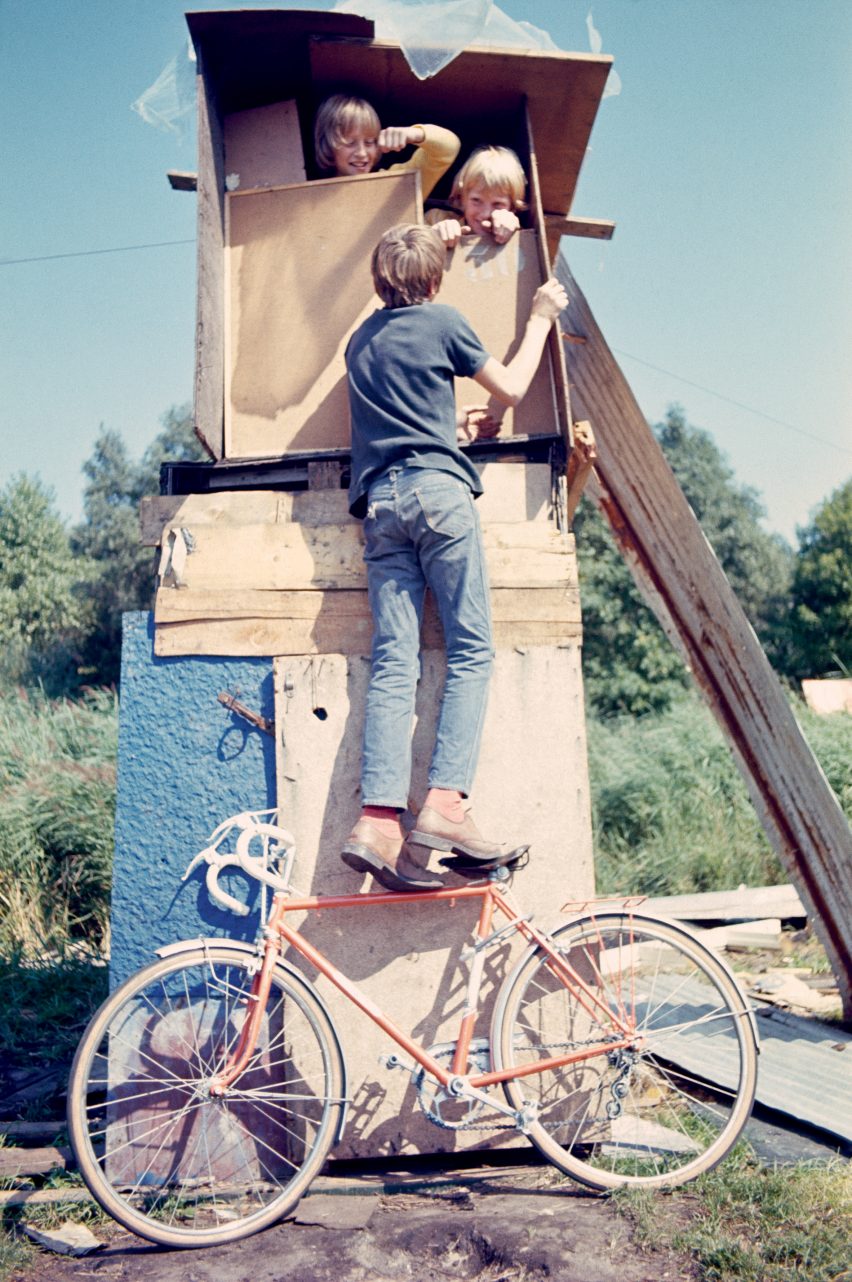
"I like how this image highlights the social dynamics among the children. The boy courteously maintains his external relationship with his peers but is also curious about their private lives," she explained.
"It perhaps speaks of the way children navigate each other during the post-war period."
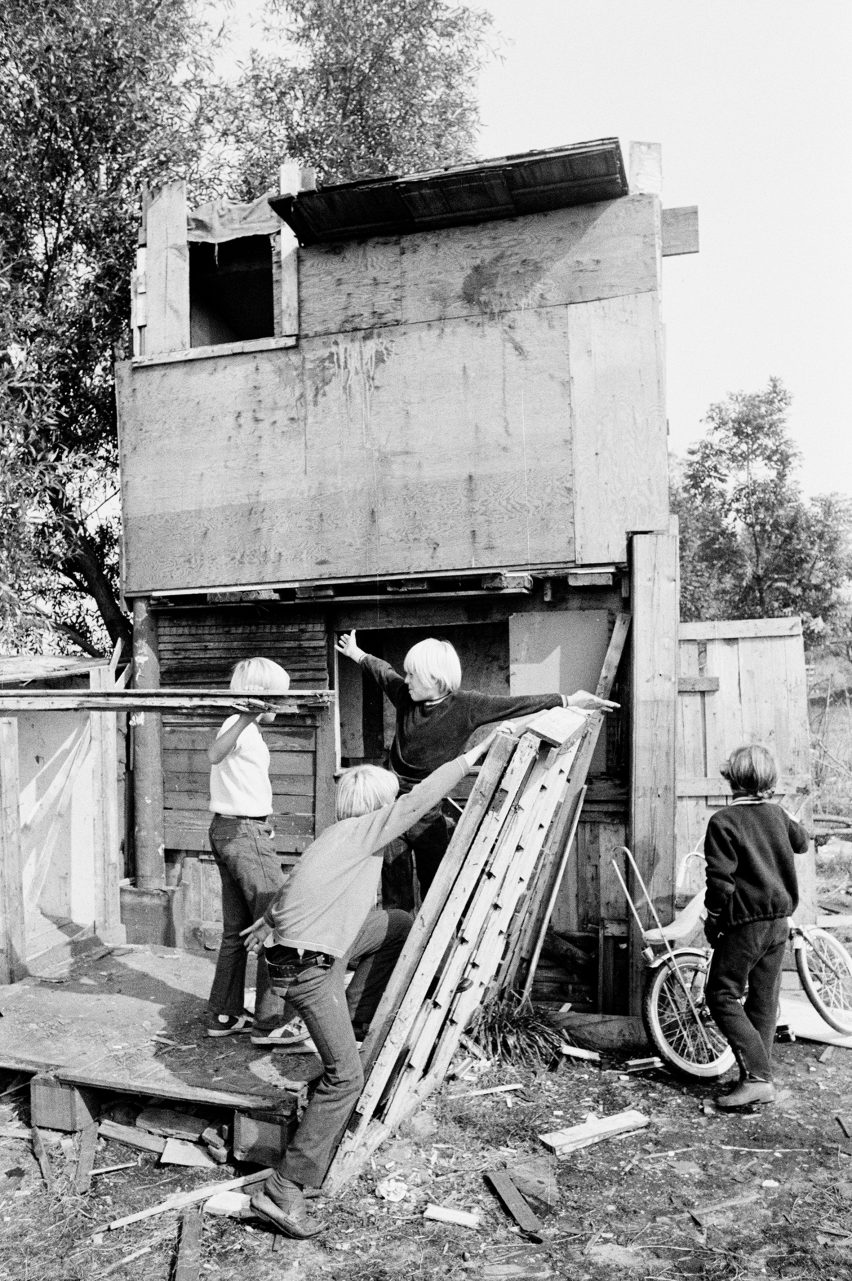
"Here we see how the children had to work together to construct their space in Jongensland," she said.
"It is heartwarming to see the form of the structure slowly coming together, with the children bouncing ideas off each other for the next steps in their construction."
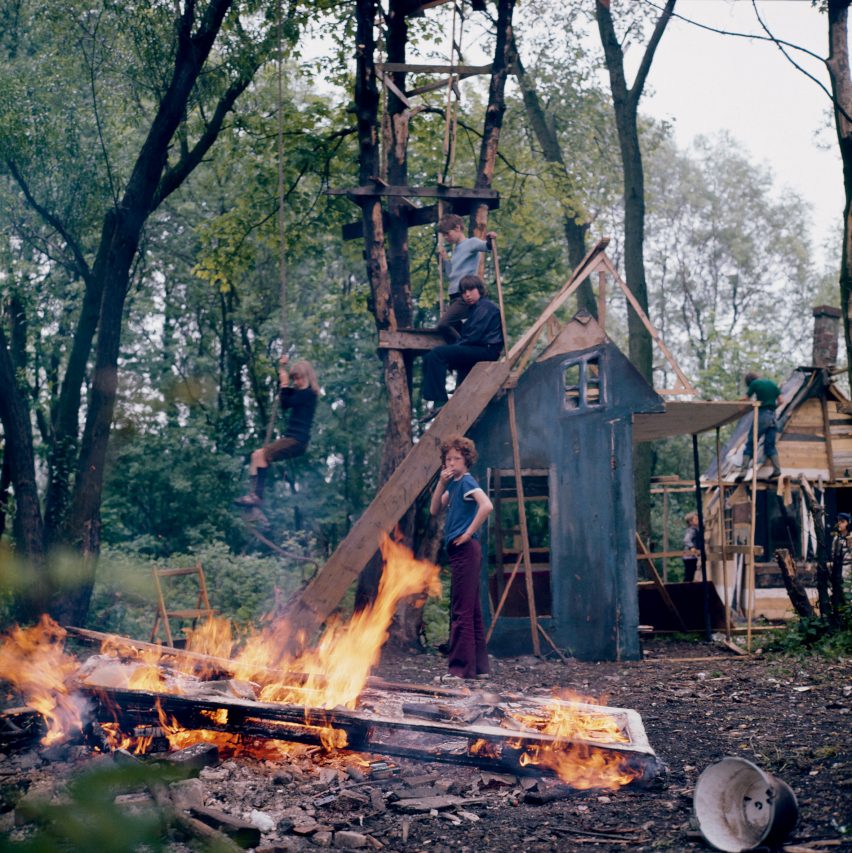
"The creation of Jongensland brought a universal change towards the understanding that children can achieve anything when given undivided freedom and opportunity to make and create," Schulz-Dornburg said.
"I think this image captures that."